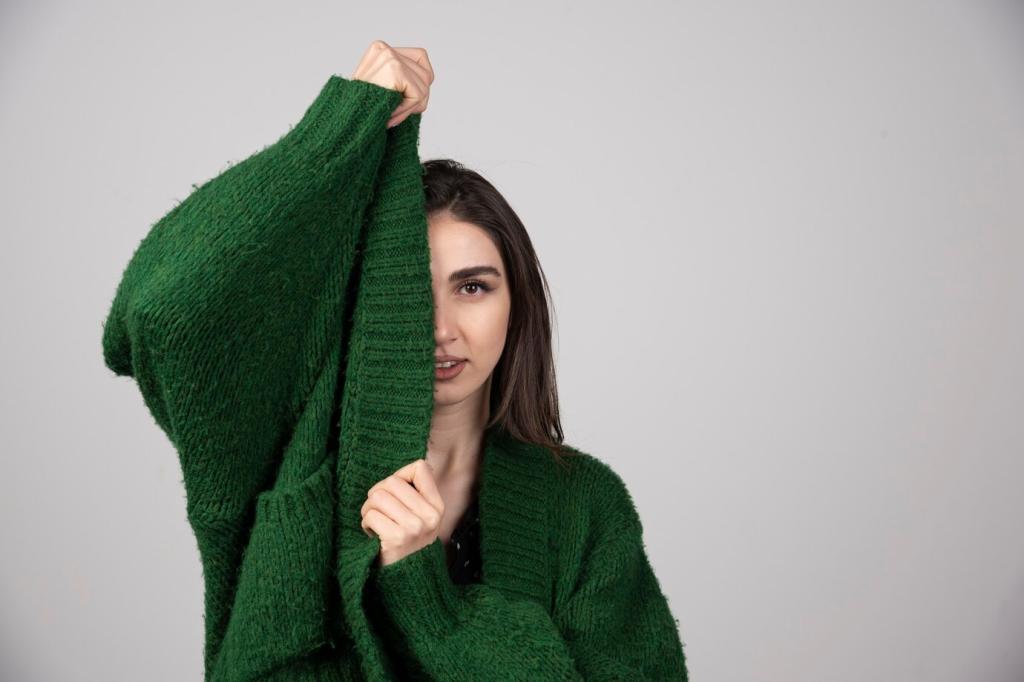Emerging Technologies in Eco-Friendly Fashion
The fashion industry is undergoing a revolution driven by environmental consciousness and technological innovation. As consumers become more aware of the ecological impact of their choices, brands and designers are leveraging new technologies to create sustainable solutions. These advances are transforming traditional practices, from the materials used in garments to the means of production and distribution. Eco-friendly fashion now encompasses not only the use of organic fabrics but also the adoption of digital tools, circular systems, and innovative processes that reduce waste, lower emissions, and promote ethical standards. This page delves into the most significant emerging technologies in eco-friendly fashion, demonstrating how each innovation paves the way for a more responsible and forward-thinking industry.
Sustainable Material Innovation

Plant-Based Textiles

Biofabricated Materials

Recycled Fiber Technologies
Digital Design and Prototyping
Computer-Aided Design (CAD) Tools
Virtual Garment Prototyping
3D Modeling Software
Circular Fashion Systems
Textile Recycling Infrastructure


Product Life Extension Platforms



Transparent Supply Chains

